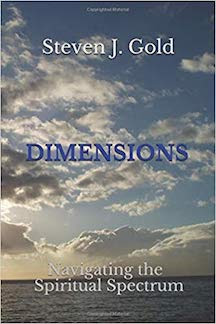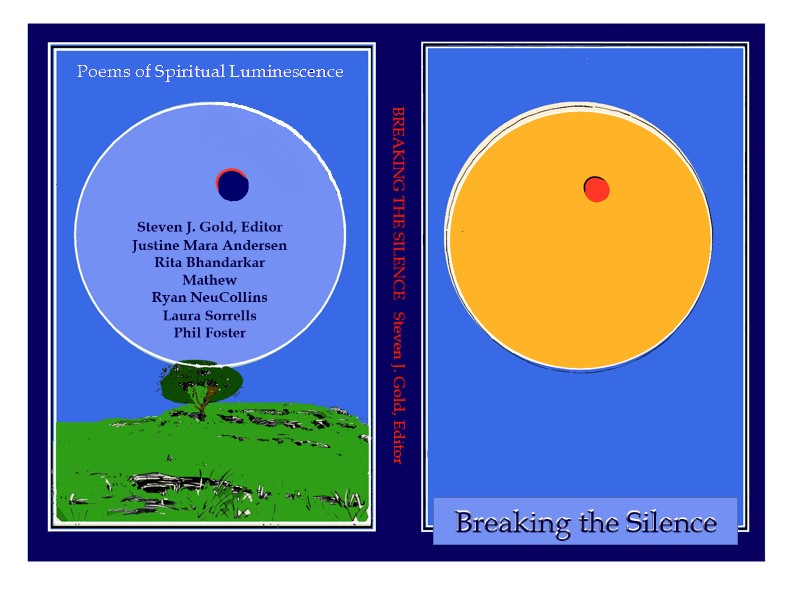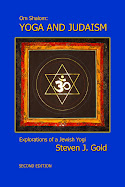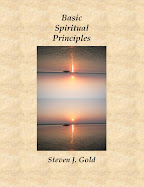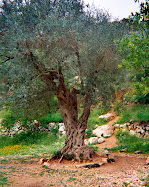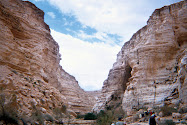I received a private email recently inquiring about kundalini, spiritual sexuality, tantra, Daoism, and Jewish views on these matters. The email included the following quote from the website www.jewishhealing.com:
“This Jewish idea of sublimating sexuality is a major difference between the Jewish view and the rest of the world. Kundalini and the Daoists, through their sophisticated techniques such as tantric yoga and Daoist sexual practices, bring sexuality into their consciousness, and according to Judaism this generates impure, evil energy. The Jewish method brings Divine Consciousness into our sexuality!”
Below is my response to this inquiry, revised for publishing on this blog.
First off, I will start with a paragraph from the Preface of my book, Yoga and Judaism, Second Edition. For anyone who wants a detailed and accurate description of the subject of kundalini from a traditional yogic source, I highly recommend the book I refer to below. It is available from the author at www.kundalinicare.com.
“The other correction is also in Chapter Five in the discussion about kundalini shakti, another subject matter over which there has been much confusion. After receiving clarification from sources within my own yoga tradition which were further substantiated in great detail by another wonderful source discussed below, I have corrected the statement in the first edition that “kundalini shakti is a particular manifestation of concentrated pranic energy”, replacing it with the following: “although there has been some confusion about referring to kundalini shakti as a type of concentrated pranic energy, there is an alternative and more accurate view that it is a mysterious power of consciousness more subtle than and distinguished from energy”. The other source referred to above is the book, Kundalini Vidya, The Science of Spiritual Transformation, A Comprehensive System for Understanding and Guiding Spiritual Development, by Joan Shivarpita Harrigan, Ph.D. This is the most comprehensive, detailed and well-researched book on the subject matter I have to date encountered. Dr. Harrigan, aided by the guidance of Swami Chandrasekharanand Saraswati, has created an excellent source book that, despite its extensive research, is not couched in the abstruse language of a scholarly tome, but is rather quite easily accessible and readable. It deftly combines inspirational passages with detailed information obviously based upon direct experience and not just intellectual knowledge. It provided answers and clarity to many little questions and fuzzy details that have nagged at me over the years. I commend this book to anyone who has an interest in the subject matter as contained in the title and subtitles.”
Following is my vision of kundalini, consistent with the description contained in the above-referenced book. Through a mysterious process of Divine Will/Intent, the pure unadulterated spirit/consciousness of the unmanifest realm of the impersonal, absolute, potentiality encapsulates its pure power into a sheath/veil composed of pure Divine Love/Bliss. This is the birth of the Divine Mother, Kundalini Shakti, on the most subtle level of existence. All of creation in the manifest realm of the personal, relative, actuality originates from this most subtle point which is the body of the Divine Mother, Kundalini Shakti. All of creation includes everything, the good, the bad, and the ugly, the Good Inclination and the Evil Inclination. So when questions arise about kundalini being evil, yes, it is the source of all evil, because it is the source of everything. But it is likewise the source of all good, because it is the source of everything. There is a powerful illustration of this portrayed in the Jewish Testament (the Torah) in the confrontations between Moses and Pharaoh. Pharaoh encompasses the epitome of the misuse of kundalini, leading to the belief that he is God Incarnate on earth and all powerful. Moses is the epitome of the proper use of kundalini, leading to his unbending mission as a humble servant of the Divine, who has a mastery of the kundalini superior to that of Pharaoh’s: his snake not only overcomes Pharaoh’s, it also serves as his staff that provides him support. “Thy rod and thy staff, they comfort me.” Pharaoh erroneously thinks he is a master of the Divine, separate and above all others, but it is revealed that he is actually a mere puppet of the Divine. Pharaoh epitomizes what some call sin, the origins of evil and the devil, that which nurtures a sense of separation and superiority, instead of a sense of unity, awe and humility properly expressed by Moses.
I have some strong, critical viewpoints about the perspectives and viewpoints expressed by many traditional Jewish writers and teachers, and the writer of the article containing the above quote is no exception. There is a strong propensity among these type of people to view Judaism and its teachings as unique and superior to any other spiritual or philosophical teachings. By splitting hairs and drawing distinctions without any real difference, they insist on promulgating their viewpoint of the superiority of Judaism in every way. Jewish meditation might seem like other traditions’ forms of meditation, but the Jewish method is better; Jewish views on reincarnation may sound similar to other traditions’ views, but the Jewish view is better. Same with views on sexuality as contained in that article. This author even goes to further lengths of misrepresenting what other traditions practice and believe, and then denigrates them and calls them evil. This is a classic approach employed by all despotic ideologies whereby they distinguish themselves into a place of superiority by putting down and criticizing others who are different. In this time when interfaith respect and understanding is so crucial, I find this disturbing and despicable.
It is a great mistake to view kundalini as only sexual power, as the article seems to do. As defined above, it is the source of all life and all life force, sexual power included. The book I recommended above contains 256 pages, and I don’t recall any discussion about sex at all, or if there is, it is an extremely minor part of the book. Sex is not even an entry in the Index.
Tantric and Taoist sexual practice has not been a major focus for me, but I have read some about it and have had my own actual experiences with it. It is difficult to sort through all of the distortions and misconceptions that exist about it, especially in the neurotic, juvenile, sex-obsessed Western cultural milieu. What I have read, from what I think are the most accurate texts, has been borne out by my own personal experience. The author of the article makes distinctions that are totally wrong. The yogic and Taoist approach is exactly the same as the Jewish approach that he claims is different. The sublimation that he describes as the superior Jewish practice is exactly the same as in the yogic/Taoist practices. It is all about alchemy, of transforming lower energy into higher energy, of transforming all actions, sexual and otherwise, into sacred actions, of beseeching/invoking higher consciousness to be infused into our actions. Just as you can elevate eating by saying grace over a meal, thus transforming that necessary bodily function originating from the primal instinct of survival into something more spiritually sublime, you can “say grace” over sexual activity, originating from another primal instinct, thus transforming it into something more spiritually sublime. Saying grace is not merely expressing gratitude, it is invoking higher consciousness to infuse it into the activity in which you are about to partake. In many orthodox practices of many religions, a blessing is said before engaging in almost every single activity. The purpose of that is to elevate the activity into something sacred. I personally believe that these types of practices can be internalized and become second nature to who and what we are and why we are here, and do not have to be performed externally.
The approach to spiritual sexuality involves moving beyond the lower physical urges and drives of flesh-oriented ejaculation, orgasm and release. A point can be reached where those urges recede in both partners, and that is the point of sublimation/transformation, where a deep, sublime sense of equanimity and peace is attained. For me, this state is no different than a comparable state I experience in advanced states of solitary meditation. It is a simple, yet profound sense of inner peace, expansion, infinity, silence. It is nice to experience it alone in solitary meditation, and it is also nice to experience it in a variety of common worldly activities, including sexual union with another person with whom you have a deep spiritual connection. You will note in the various illustrations and statues depicted in the books on tantric and Taoist sex, that the facial expressions of the partners are always very serene, placid and peaceful, in great contrast to the facial expressions of the partners in the flesh-based, orgasm-release oriented sex in modern Western depictions.
A spiritual state of balance, peace and equanimity should be easy to attain, through meditation, sex, or other activities where we approach all of life’s activities as sacred, or as opportunities to reveal and elevate the sacred that exists within everything. Real tantra is about attaining that state in all of life’s external common activities, not just sex. It happens to be very similar to the Jewish approach of conducting one’s life and practicing the mitzvot in a life-affirming and elevated manner, as opposed to ascetic practices advocated by other spiritual approaches of self-abnegation. Such a spiritual state and approach can be the epitome of simplicity. Somehow, however, it gets very complicated. It is not easy to establish and maintain equanimity as we address the travails of life, and it can be difficult for sexual partners to move beyond the primal physical urges and drives into the deep, sublime sacred space to experience this same spiritual simplicity through sexual union. Life is fraught with danger and temptation. It is our spiritual challenge and task to navigate through life and remain true to our spiritual nature by seeking for, connecting with, and having faith in a source of Benevolent Guidance beyond our mortal resources.
Spiritual development involves two basic processes that work in concert: elevating and transforming lower levels into higher levels, through the ascending process of kundalini awakening and arising, and opening up channels to allow the flow of grace to descend. If we always remember with gratitude and true humility that spiritual development and life itself is totally dependent upon a Benevolent Power beyond our mortal resources, then we will advance and approach the level of Moses and the prophets, and serve humanity and God suitably. If we forget the above and attribute our spiritual development to our mortal efforts alone, then we will succumb to the grave error that will eventually lead to our demise, just as certainly as Pharaoh, Rasputin, Hitler, and their likes came to their demise.

